Heat wave! Anyone use shadecloth?
slowjane CA/ Sunset 21
9 years ago
Related Stories

GREAT HOME PROJECTSHow to Add a Radiant Heat System
Enjoy comfy, consistent temperatures and maybe even energy savings with hydronic heating and cooling
Full Story
FLOORSFloors Warm Up to Radiant Heat
Toasty toes and money saved are just two benefits of radiant heat under your concrete, wood or tile floors
Full Story
TILETop Tile Trends From the Coverings 2013 Show — the Wood Look
Get the beauty of wood while waving off potential splinters, rotting and long searches, thanks to eye-fooling ceramic and porcelain tiles
Full Story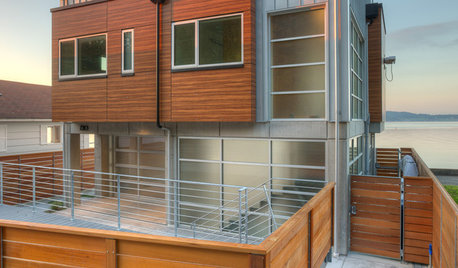
ARCHITECTUREHouzz Tour: Sturdy Enough for a Tsunami
Storms don't scare this Washington state home; breakaway features and waterproof finishes let it weather high winds and waves
Full Story
CHRISTMASReal vs. Fake: How to Choose the Right Christmas Tree
Pitting flexibility and ease against cost and the environment can leave anyone flummoxed. This Christmas tree breakdown can help
Full Story
LIFEHow to Prepare for and Live With a Power Outage
When electricity loss puts food, water and heat in jeopardy, don't be in the dark about how to stay as safe and comfortable as possible
Full Story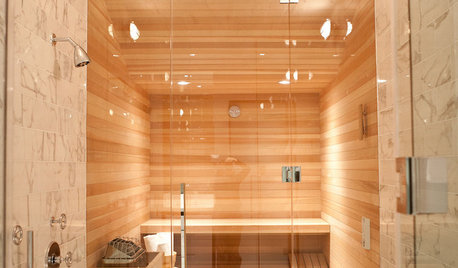
REMODELING GUIDES5 Hot Tips for Home Saunas
Bask in your very own heated haven, indoors or out. This overview will get you off to a glowing start
Full Story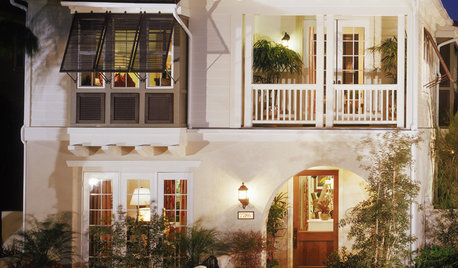
ARCHITECTURETime-Tested, Low-Tech Ways to Cool a Home
People have been beating the heat around the world for centuries without plugging anything in. Could these ideas work for your home today?
Full Story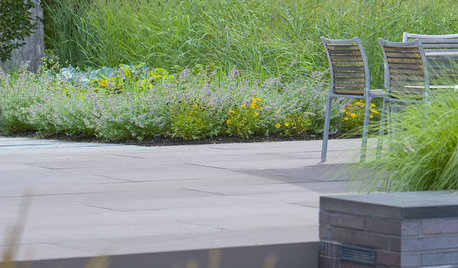
FLOWERS AND PLANTSPanicum Virgatum, a Prairie Beauty Many Gardeners Can Enjoy
Switchgrass adds color through the year and is a natural ‘seed feeder’ for birds
Full Story
LIFE6 Ways to Cool Off Without Air Conditioning
These methods can reduce temperatures in the home and save on energy bills
Full Story





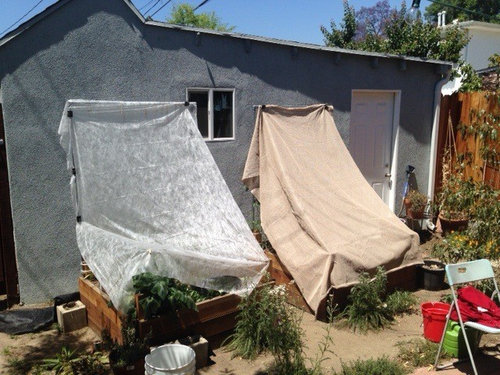
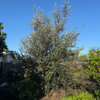
nil13
slowjane CA/ Sunset 21Original Author
Related Professionals
70037 Landscape Architects & Landscape Designers · Willowick Landscape Architects & Landscape Designers · Clermont Landscape Contractors · Wilmington Landscape Contractors · Matthews Landscape Contractors · Addison Landscape Contractors · Longmont Landscape Contractors · Middletown Landscape Contractors · Greenfield Landscape Contractors · Kingsburg Landscape Contractors · Maple Heights Landscape Contractors · Palos Heights Landscape Contractors · Folsom Swimming Pool Builders · Stanford Swimming Pool Builders · Palos Heights Window ContractorsCA Kate z9
calistoga_al ca 15 usda 9
rustico_2009
slowjane CA/ Sunset 21Original Author
rustico_2009
nil13
rustico_2009
doginthegarden